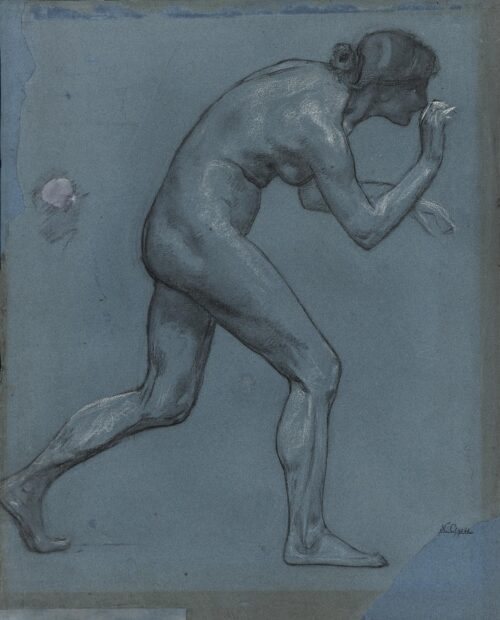
Gyzis Nikolaos (1842 - 1901)
Nude Study for the “Crafts”, 1895 - 1899
He spent his early childhood in Tinos and in 1850 settled with his father in Athens, so he would have the chance to systematically cultivate his inclination for painting. Because of his young age, he attended lessons at the National Technical University as an observer. He officially enrolled in 1854 and studied till 1864 under Philippos Margaritis, Agathangelos Triantafyllou, Raffaello Ceccoli, Ludwig Thiersch, Petros Pavlidis-Minotos and Vasileios Karoubas-Skopas. In 1859 he took part in the Olympia Exhibition. In 1862, he was introduced by his compatriot and close friend Nikephoros Lytras, to the wealthy Tinian (later to be his father-in-law) Nikolaos Nazos, who helped him get a scholarship from the Evangelistria Foundation of Tinos. In the middle of 1865 he departed for Munich, where he studied under Hermann Anschutz and Alexander von Wagner at the Academy of Fine Arts, before he was accepted in 1868 into Karl von Piloty’s class. In Munich he was initiated into artistic life by Nikephoros Lytras who had settled there in 1860 and soon became accepted into the circle around Leibl and formed friendly relations with the painters Franz von Defregger, Eduard Kurzbauer and, later, Franz von Lenbach. After his participation in the exhibitions of Munich and Vienna, he departed for Greece in 1872 where he stayed for two years. The trip to the Middle East which he took with Lytras in 1873, had a definitive influence on his perception and rendering of color and light. He returned to Munich in 1874, for good this time, where he systematically took part in the annual and international exhibitions at the Glaspalast. In 1875 he became a member of the artistic society Allotria. At the World Exhibition of Paris in 1878, where he participated in the German division, he won third prize while in 1879 he was a member of the critical committee at the International Exhibition of Munich. In 1878- 1880 he painted the ceiling of the Museum of Decorative Arts in Kaiserslautern. In 1880 he became an honorary member of the Academy of Fine Arts, in 1882 an assistant professor at the Munich Academy of Fine Arts and six years later, in 1888, a full professor. In addition to genre painting, still lifes and portraits, by the middle of the 1880s Gyzis had already turned to idealistic-allegorical subjects, which he had begun to experiment with as early as the middle of the preceding decade, and thus he would become the one to express a new spirit which was being cultivated in Munich at that time, a precursor of Jugendstil. In 1887 he designed the flag for the National and Capodistrian University of Athens and a year later executed the “Spirit of Art” for the 3rd International Exhibition of Munich, which marked a turn toward the artistic poster. In 1892 he won gold medals at the International Exhibition of Munich and at Madrid, was selected a member of the critical committee of the International Exhibition of Chicago on 1893, a year during which he also illustrated the story by Dimitrios Vikelas, “Φίλιππος Μάρθας” (“Philippos Marthas”). In 1895 he made his last trip to Greece. In 1896 he completed the Diploma of the Olympic Games while from 1895 to 1899 he painted a large idealistic composition, “The Apotheosis of Bavaria” for the Museum of Decorative Arts in Nuremburg. In 1899 he sent “Glory” to the Exhibition of Athens, while in 1900 his works “New Century” and “Spring Symphony” were presented at the World Exhibition of Paris and the large composition, “Behold the Bridegroom”, which is a religious vision and which he was unable to complete, was shown at the Glaspalast. In 1901 there was a posthumous exhibition dedicated to the recently departed Wilhelm Leibl, Arnold Bocklin and Nikolaos Gyzis. A year later his biography was published by Marcel Montandon. In 1928 the Society of Art Devotees organized a retrospective at the Iliou Melathron containing four hundred and sixty three of his works. In 2001, a hundred years after his death, the National Gallery of Athens presented a major retrospective exhibition of his work.
A dominant figure of the “Munich School” Gyzis influenced the course of Greek art through his painting, while he also occupies an important place in the history of 19th century German art. In his genre paintings he managed to transcend the level of mere narration, while his real calibre is shown by his idealistic, allegorical and religious work, sectors in which he was in step with the quests of the avant garde movement Jugendstil.

Nude Study for the “Crafts”, 1895 - 1899
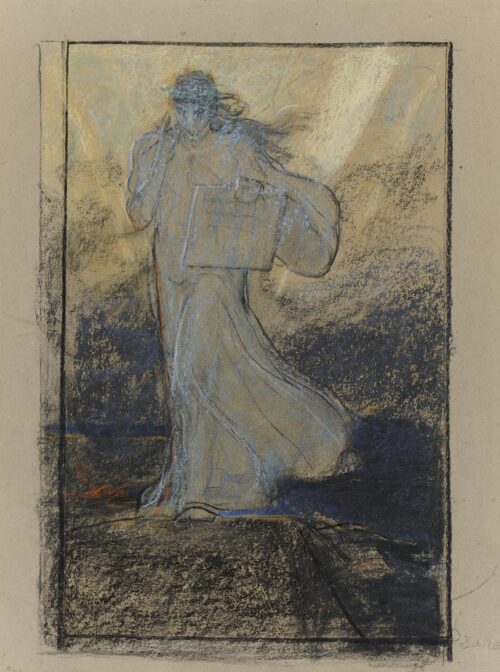
The Glory, 1898
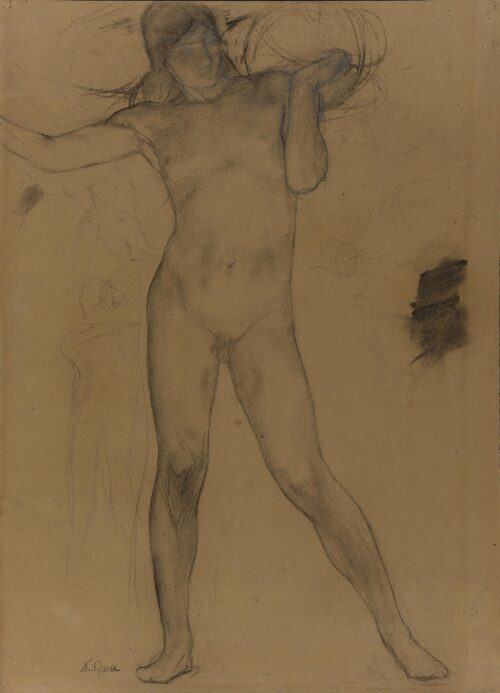
Study for “Fortune”, 1895 - 1899
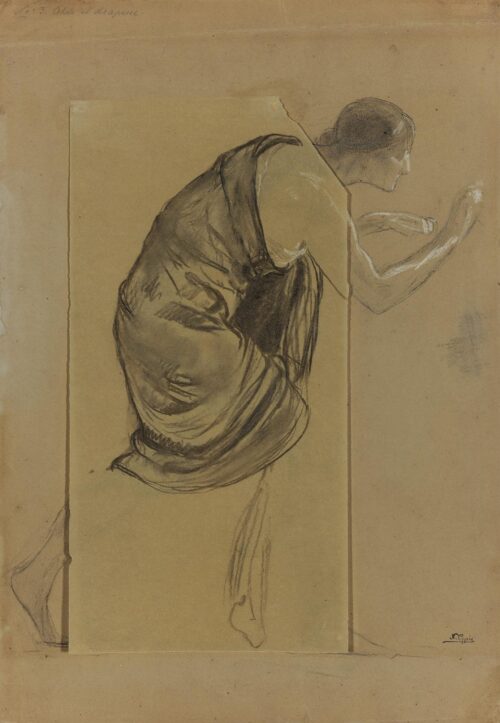
Study of the Drapery for the “Crafts”, 1895 - 1899
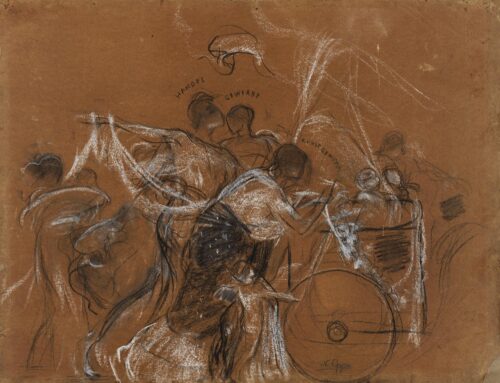
Movement Study of the Allegorical Figures around the Chariot, 1895 - 1899
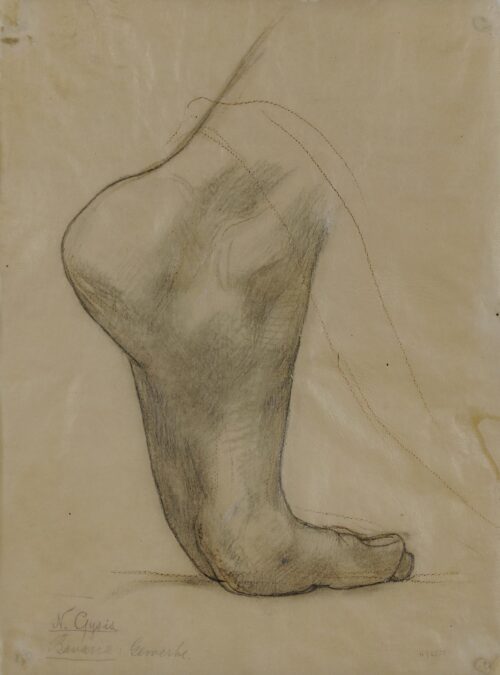
Study of a Foot for the “Crafts”, 1895 - 1899
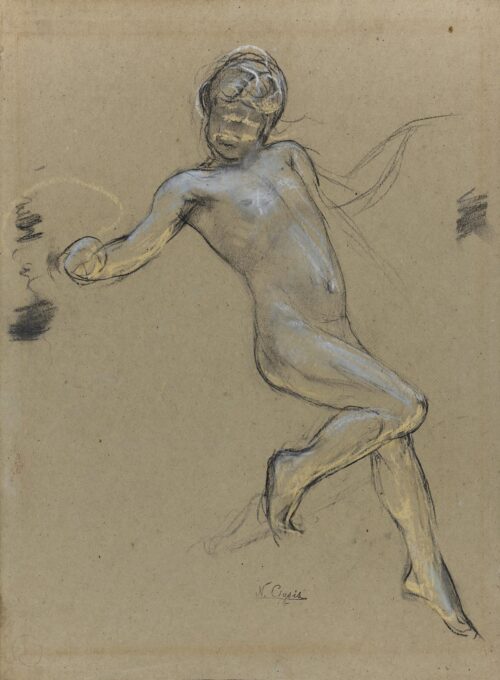
Study for the “Spirit”, 1895 - 1899
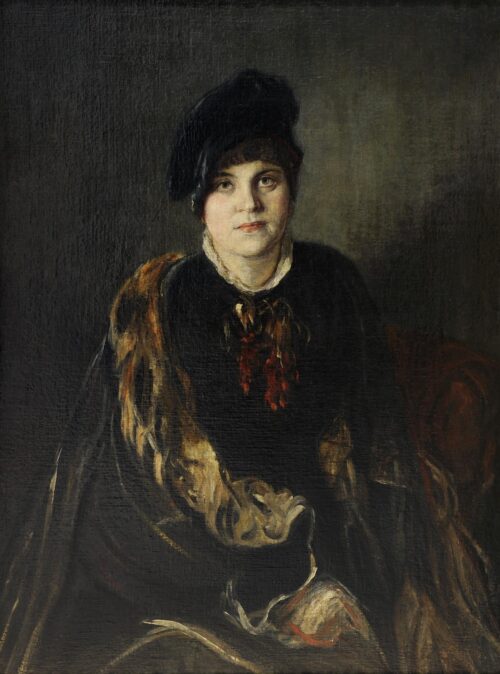
Artemis Gyzi, 1890
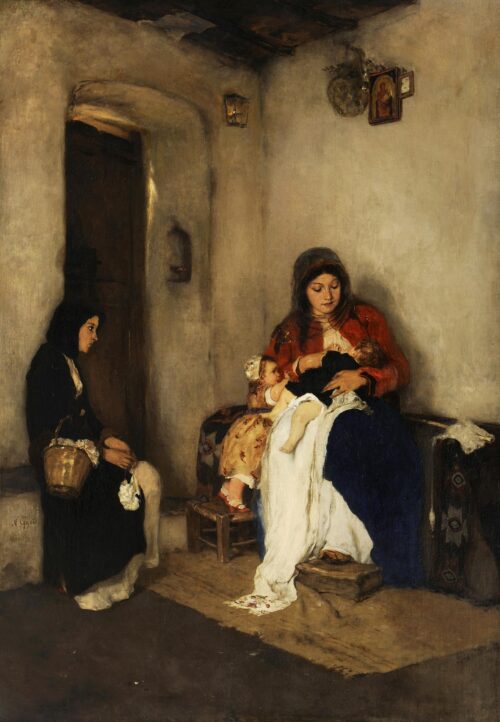
Foster Mother, 1882-1883
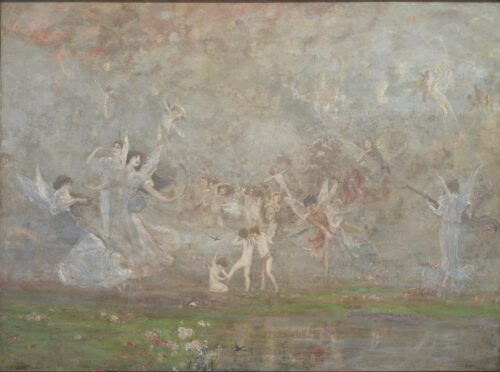
Spring Symphony, 1886
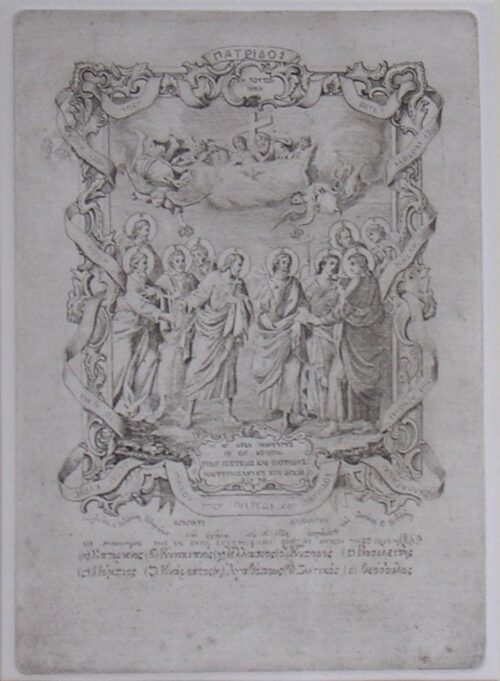
The Holy Ten Martyrs
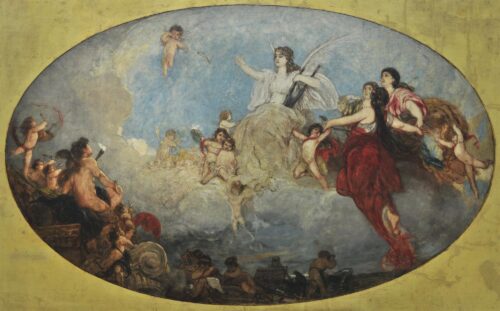
The Liberal Arts and their Spirits, 1878 - 1880
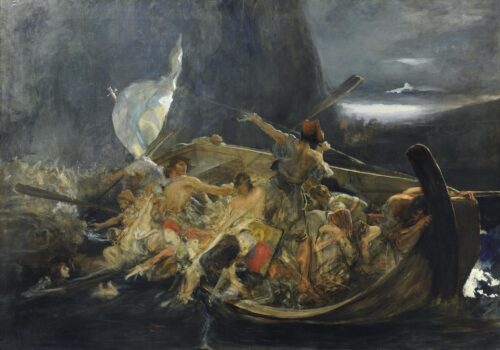
After the Destruction of Psara, ca 1896-1898
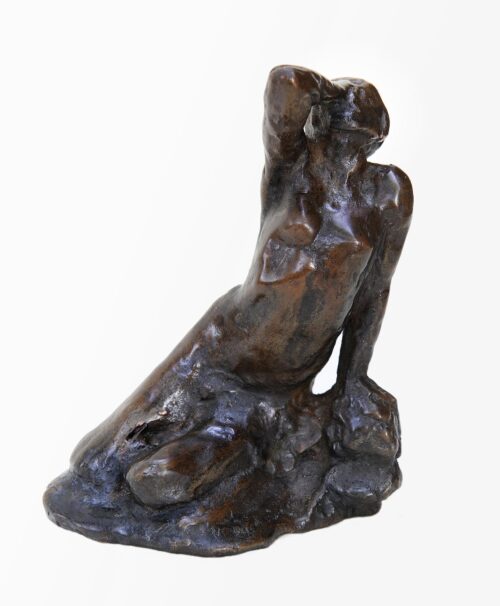
The Pain, 1898
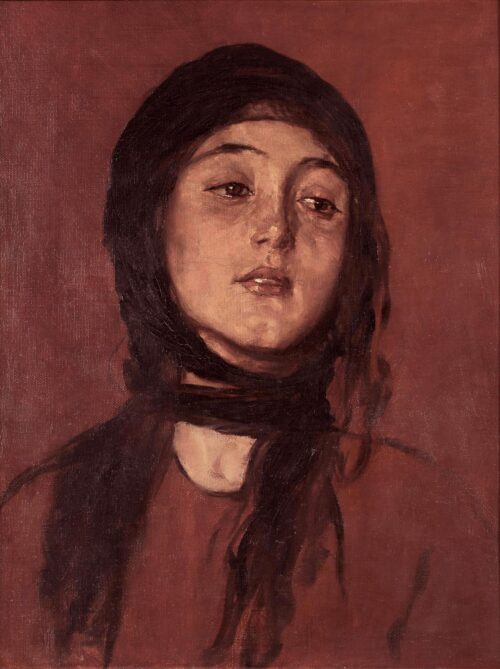
Wishbone, ca 1878
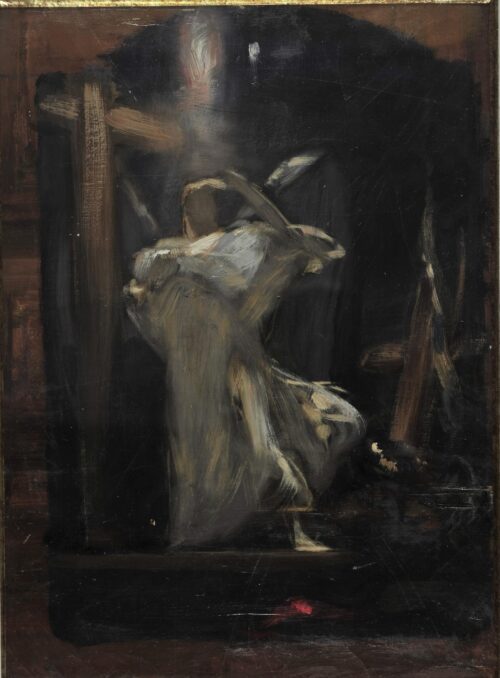
Study for the “Archangel”, 1894 - 1895
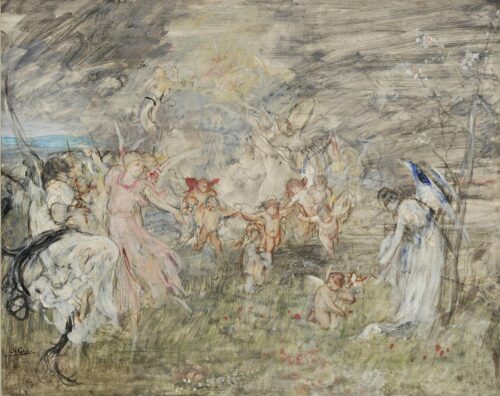
Spring Symphony, 1885-1886
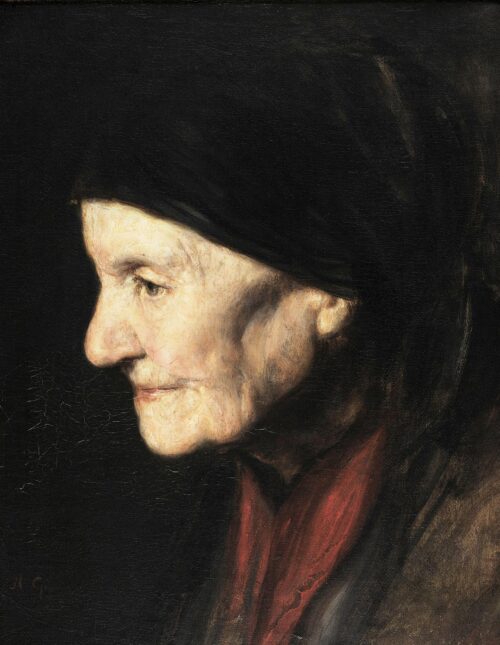
Old Woman’s Head
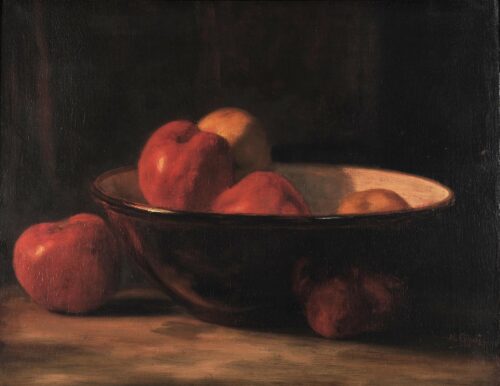
Apples, ca 1880
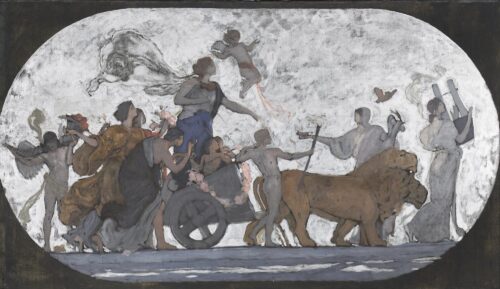
The Apotheosis of Bavaria, 1895 - 1899
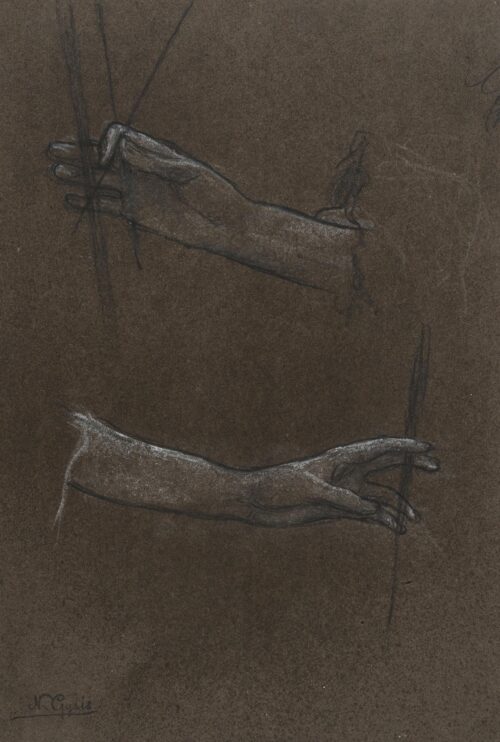
Study for “Bavaria’s” Hands, 1895 - 1899
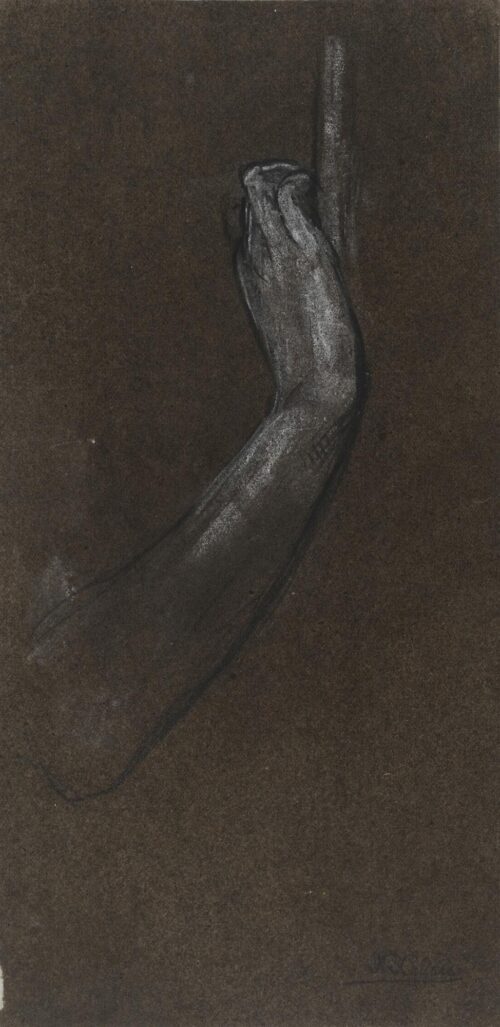
Study for a Hand, 1895 - 1899
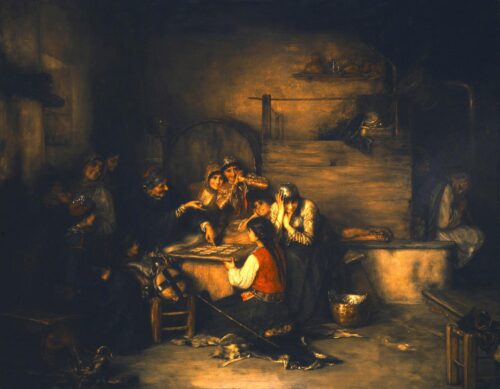
The Fortune Teller, 1885
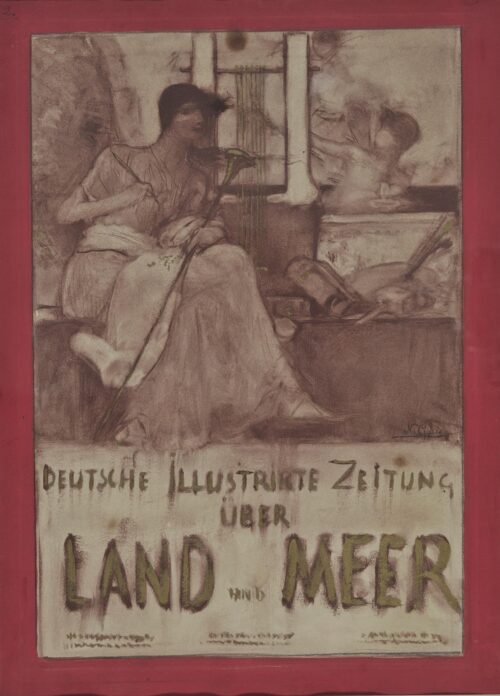
Drawing for the Cover of the Magazine “Uber Land und Meer”

We use cookies to make our site work properly, to personalize content and ads, to provide social media features and to analyze our traffic. We also share information about how you use our site with our social media, advertising and analytics partners. Read the Cookies Policy.
These cookies are necessary for the website to function and cannot be switched off in our systems. They are usually only set in response to actions made by you which amount to a request for services, such as setting your privacy preferences, logging in or filling in forms. You can set your browser to block or alert you about these cookies, but some parts of the site will not then work. These cookies do not store any personally identifiable information.
If you disable this cookie, we will not be able to save your preferences. This means that every time you visit this website you will need to enable or disable cookies again.
These cookies tell us about how you use the site and they help us to make it better. For example these cookies count the number of visitors to our website and see how visitors move around when they are using it. This helps us to improve the way our site works, for example, by ensuring that users find what they are looking for easily. Our website uses Google Analytics for statistics reporting.
Please enable Strictly Necessary Cookies first so that we can save your preferences!